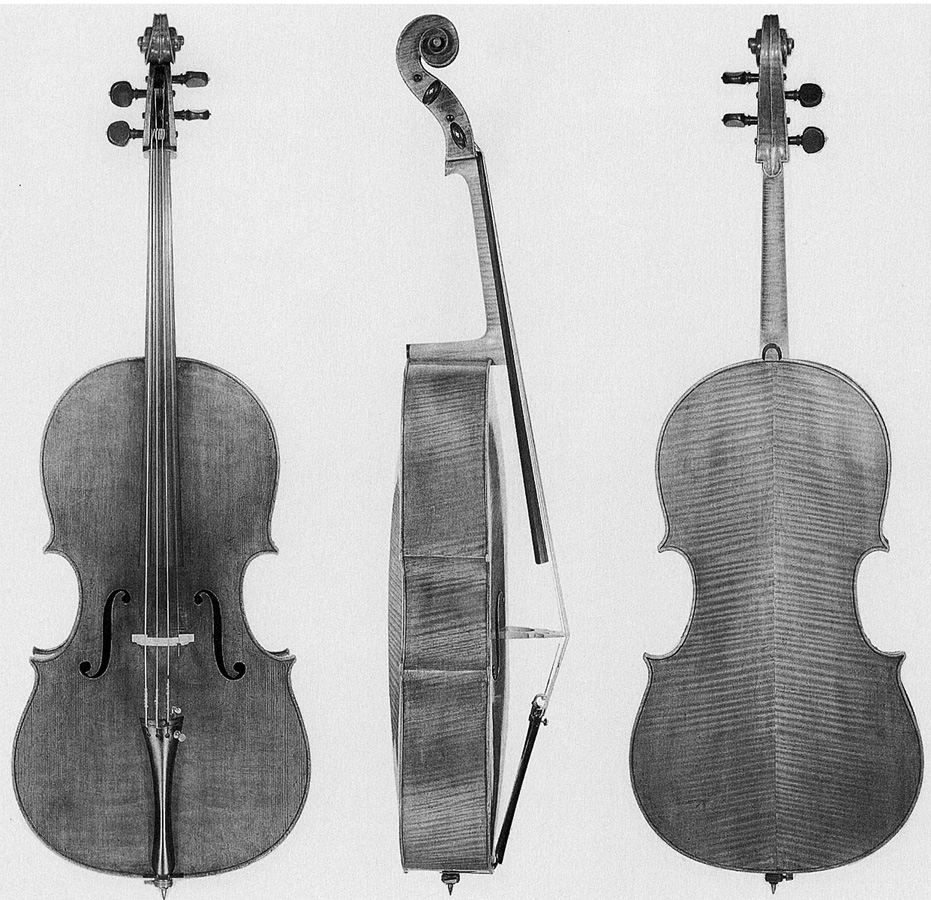I first met Lynn Harrell in 2009 when Tarisio and René Morel had first joined forces. The big stars would show up for their adjustment with René and I would entertain them while we waited for the maître.
Lynn Harrell was a childhood hero of mine: his Beethoven trios had opened doors for the 15 year-old me that fundamentally changed the course of my life. On this particular Tuesday or Thursday (those were René’s office hours) René was running late so I had ten minutes alone with my childhood hero. I remember distinctly his superlatives: there was no one who could make his Montagnana sound like René could; I should take note that this was a unique moment in history; only René could give this cello the power that Lynn needed. We had ten minutes together until René came in for the adjustment in his robin’s-egg-blue lab-coat with the sound-post setter poking out of its left breast pocket. After embracing Lynn with a bear-hug as fearsome as Lynn’s own, the two old friends went through the motions of a René Morel adjustment. After ten minutes they had achieved the power that Lynn craved so Lynn wiped down and packed up his cello, handed it to me for safekeeping and the two headed out to lunch at Chez Napoléon. – Jason Price
Tribute to Lynn:
I heard Lynn perform the Dvorak concerto in London in my early teens, an event that fundamentally changed my perception of cello playing. It seemed impossible to produce that much sound with such quality and apparent effortlessness. Some years later, a superb Bach suite performance in Cologne etched itself firmly into my memory.
Both concerts were given on a Montagnana of 1720 that I have the great fortune to currently play, an instrument that Lynn used for 50 years alongside the du Pré Stradivarius. This Cello has something very special indeed – an extraordinary molten density and complexity of sound with a unique projection. When playing it, there is a palpable sense that this cello has been in the hands of a great Cellist, a most mutually enhancing match of musician and instrument.
On hearing the very sad news today, I recalled these and other concerts and encounters with a renewed sense of their importance to me then and now. Lynn was a pioneer who inspired a generation. I thank him with all my heart. – Adrian Brendel
Domenico Montagnana, Venice, c. 1720
Arguably the finest Venetian cello maker of all time, Domenico Montagnana was active between 1700 and 1750. His cellos are highly sought after by soloists for their commanding, deep resonance and their exceptional focus and clarity. In comparison to the Stradivari cello, a Montagnana is wider and slightly shorter, which allows greater manoeuvrability and myriad layers of depth and complexity in the bass register. Montagnana almost invariably chose the highest quality tonewoods – elegantly flamed maple and high-altitude, fine-grained spruce. The most distinctive element of his instruments, and indeed of Venetian instruments in general, is their deep-red textured varnish, an impasto of rich pigmentation over a lustrous golden ground, which over time develops an extraordinary craqueleur.
There are fewer than 40 Montagnana cellos in existence and each of them is a unique expression of individual character and personality. In the hands of great artists, they make an enormous and breathtaking sound. – Jason Price

